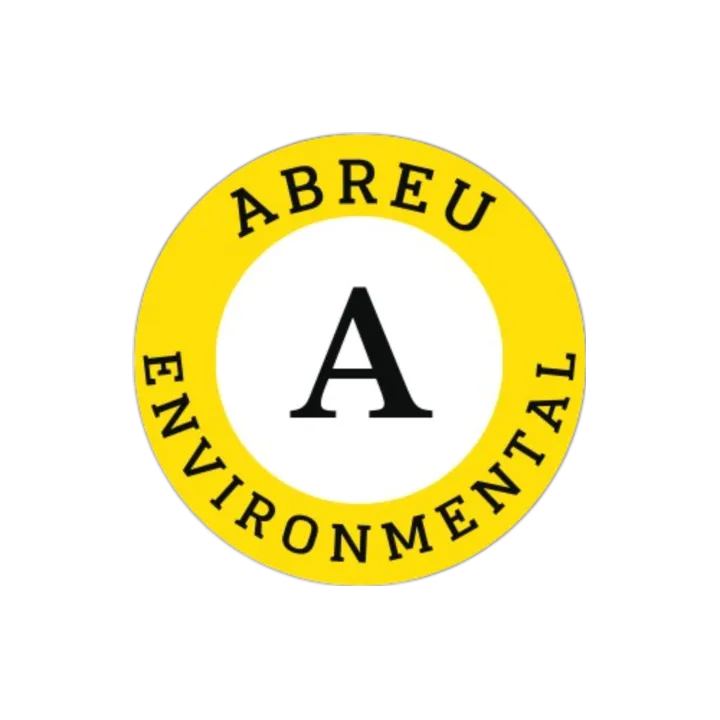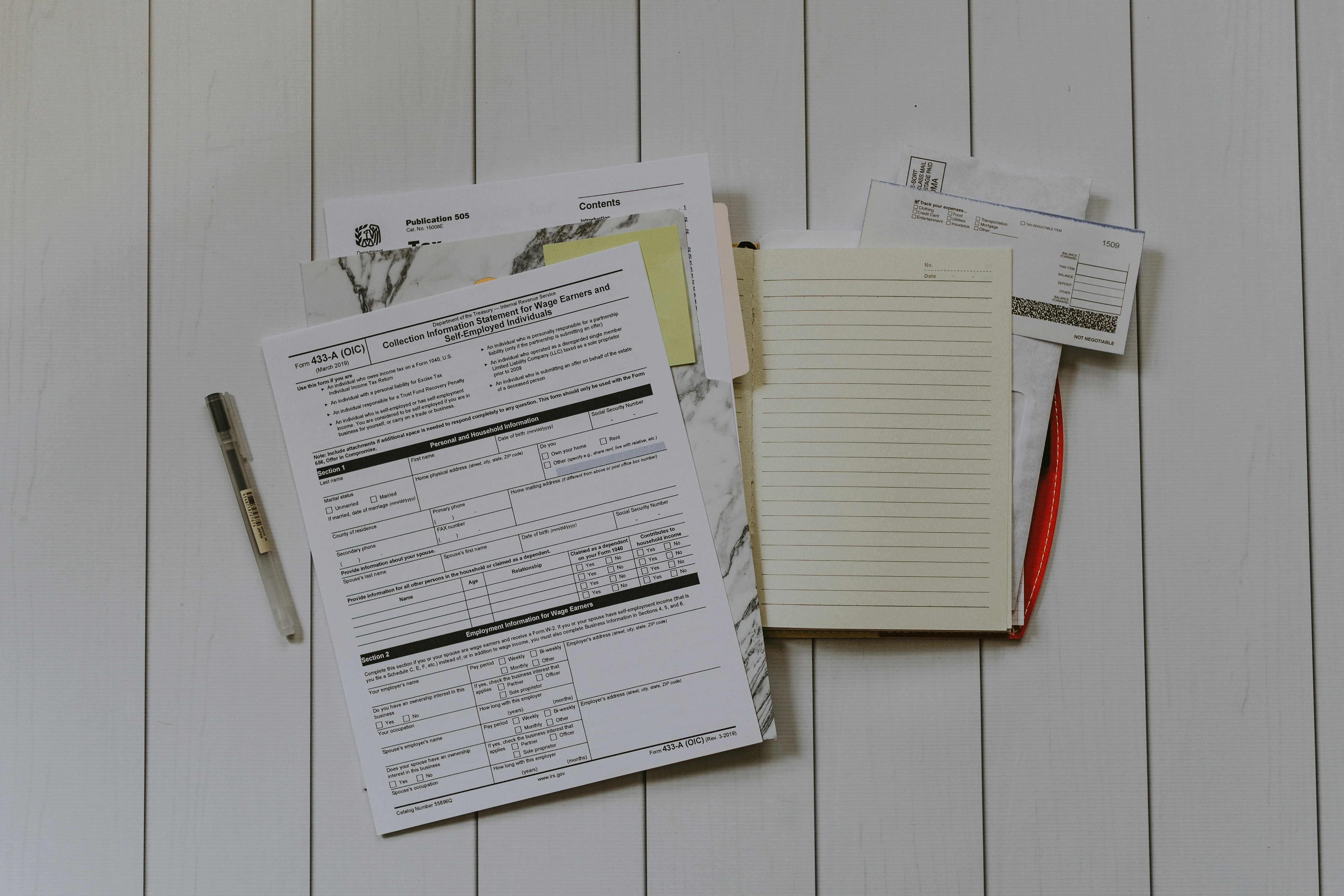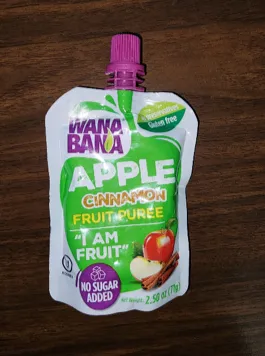Lead in Drinking Water
EPA and the Centers for Disease Control and Prevention (CDC) agree that there is no known safe level of lead in a child's blood. Taking action to reduce these exposures can improve outcomes. Lead is harmful to health, especially for children.
- How lead gets into drinking water
- Health effects of being exposed to lead in drinking water
- Can I shower in lead-contaminated water?
- Find out if lead is in your drinking water
- Important steps you can take to reduce lead in drinking water
- Find out if you have lead pipes in your home with the Protect Your Tap: A Quick Check for Lead guide
- Get your child tested to determine lead levels in his or her blood
- Find out if lead in drinking water is an issue in your child's school or child care facility
- EPA's drinking water regulations for lead
- How EPA requires states and public water systems to protect drinking water
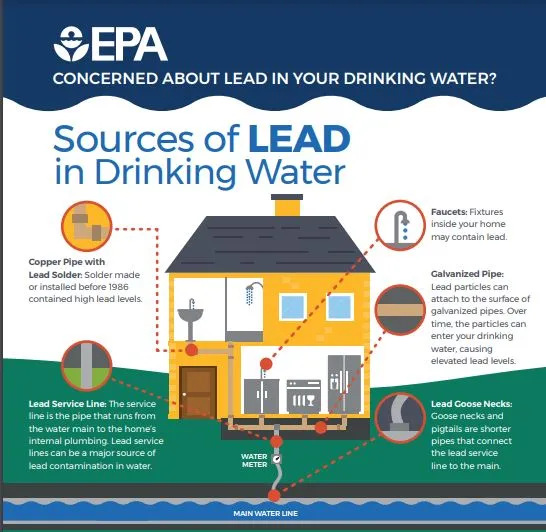
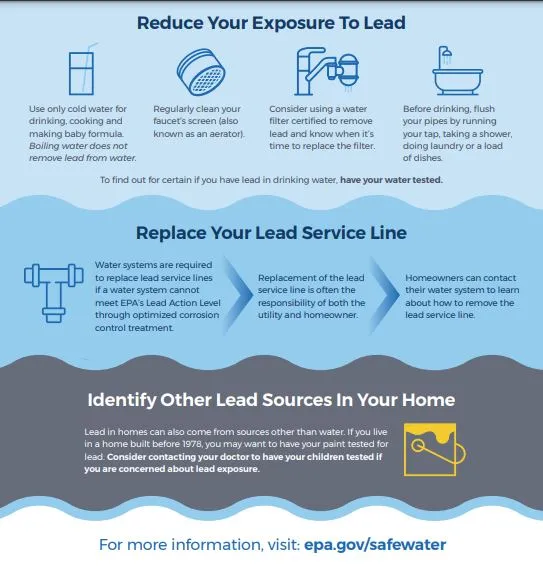
General Information about Lead in Drinking Water
How Lead Gets into Drinking Water
Lead can enter drinking water when plumbing materials that contain lead corrode, especially where the water has high acidity or low mineral content that corrodes pipes and fixtures. The most common sources of lead in drinking water are lead pipes, faucets, and fixtures. In homes with lead pipes that connect the home to the water main, also known as lead services lines, these pipes are typically the most significant source of lead in the water. Lead pipes are more likely to be found in older cities and homes built before 1986. Among homes without lead service lines, the most common problem is with brass or chrome-plated brass faucets and plumbing with lead solder.
The Safe Drinking Water Act (SDWA) has reduced the maximum allowable lead content -- that is, content that is considered "lead-free" -- to be a weighted average of 0.25 percent calculated across the wetted surfaces of pipes, pipe fittings, plumbing fittings, and fixtures and 0.2 percent for solder and flux.
- Learn more about the maximum allowable content of lead in pipes, solder, fittings, and fixtures
- Learn more about EPA's regulations to prevent lead in drinking water
- Learn how to identify lead-free certification marks on drinking water system and plumbing products (PDF)
- Find existing outreach materials regarding lead and drinking water.
Corrosion is a dissolving or wearing away of metal caused by a chemical reaction between water and your plumbing. A number of factors are involved in the extent to which lead enters the water, including:
- the chemistry of the water (acidity and alkalinity) and the types and amounts of minerals in the water,
- the amount of lead it comes into contact with,
- the temperature of the water,
- the amount of wear in the pipes,
- how long the water stays in pipes, and
- the presence of protective scales or coatings inside the plumbing materials.
To address the corrosion of lead and copper in drinking water, EPA issued the Lead and Copper Rule (LCR) under the authority of the SDWA. One requirement of the LCR is corrosion control treatment to prevent lead and copper from contaminating drinking water. Corrosion control treatment means utilities must make drinking water less corrosive to the materials it comes into contact with on its way to consumers' taps. Learn more about EPA's regulations to prevent lead in drinking water.
